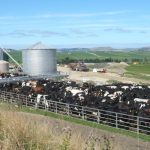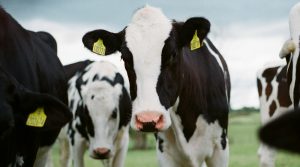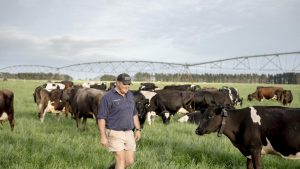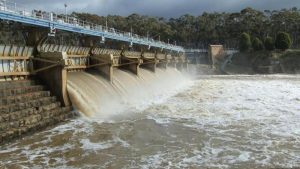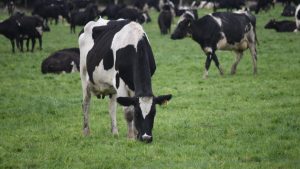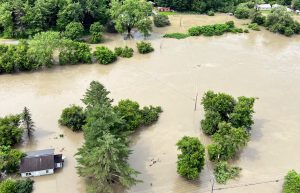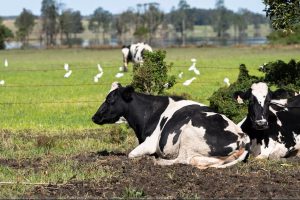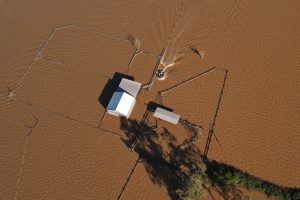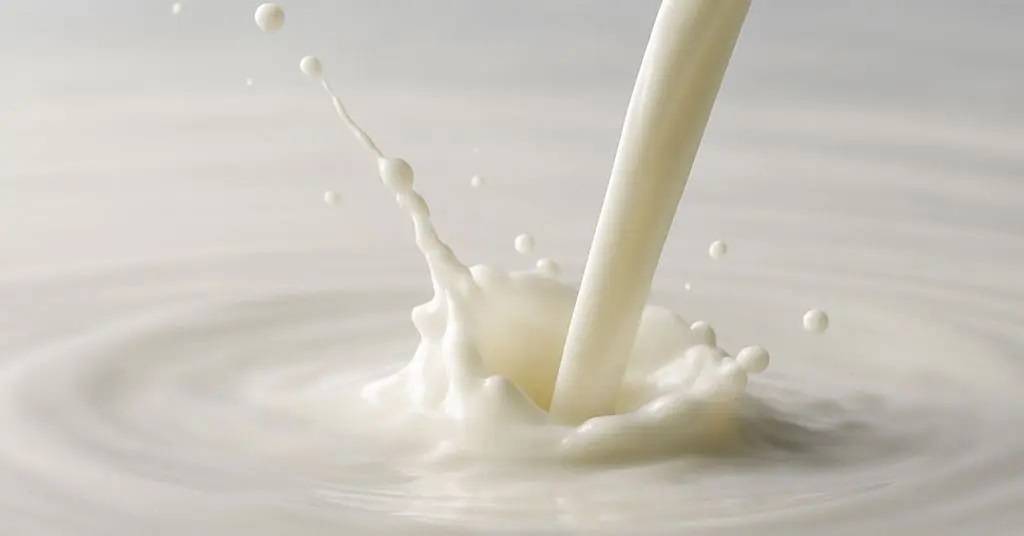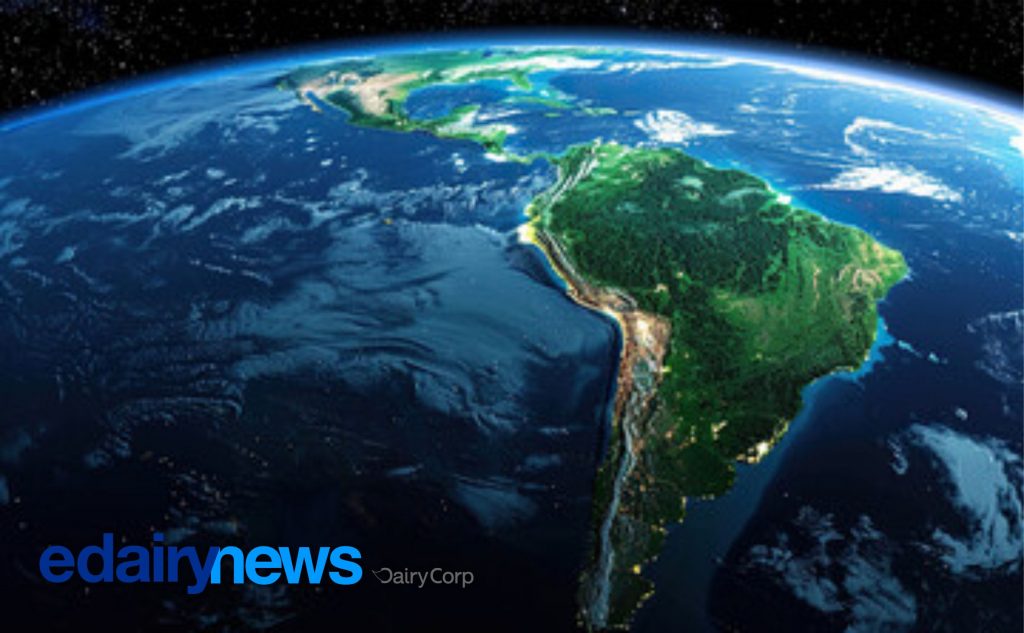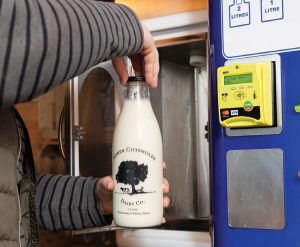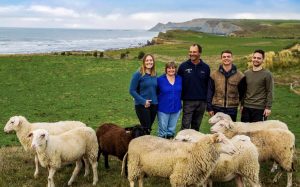
Tasmania has just experienced its driest April in a decade, the Bureau of Meteorology says.
Farmers across the state say while paddocks may look green, the moisture is largely surface level as they hope for more rain.
Water restrictions are already in place in parts of Flinders Island and the East Coast, with TasWater continuing to monitor the conditions.
In Tasmania’s southern midlands, farmer Sarah Barrington has been testing out a new weather forecasting tool to track soil moisture on her property.
But, heading into winter, she says the reading on the graph is “pretty grim”.
“Our graph is a graph that you don’t want at the moment,” she said.
Tasmania is experiencing some of its lowest rainfall totals for the start of the year since 1900. (Bureau of Meteorology)
So far this year, the Apsley Park property has received just 90 millimetres of rain, compared with its typical average rainfall of 190mm.
She said while she was remaining optimistic, the little rain in her gauge wasn’t ideal.
“It’s in black and white that we’re going to have a grim winter,”
she said.
It’s a familiar story for many farmers across the state.
Apsley Park in Tasmania’s Midlands is recording low levels of rainfall for this time of year. (Supplied: Sarah Barrington)
Apsley Park in wetter conditions in 2020. (Supplied: Sarah Barrington)
According to the Bureau of Meteorology, rainfall totals in April for most of Tasmania were below to very much below average.
It was the driest April in the state in a decade.
In its April summary, the BOM says most of the north-west experienced its lowest January to April rainfall levels since 1900.
On Flinders Island, off Tasmania’s north-east coast, water restrictions have been in place for Lady Barron in the south since February.
TasWater was also monitoring the situation in Whitemark, the island’s largest town, with potential for restrictions to be implemented there.
Pattern of dry conditions continues
Beef farmer Tom Youl, who has properties at both ends of the island, said despite a green tinge, the moisture was only surface level.
He said rainfall in the past week or so had taken some of the edge off, but it was still far drier than usual for autumn, for the second year in a row.
Mr Youl said by this time of year typically, there would be between 100–150mm of rainfall. Instead, it’s sitting closer to 60mm.
“We didn’t get any summer rains, really,” he said.
On King Island, farmer David Munday said the impact from the lack of rainfall was evident.
He said the bare levels of Pearshape lagoon in the island’s south laid it out clearly.
“The past four months, we’ve had 50mm of rain, which is unusual for the island,” Mr Munday said.
“If we don’t have a wet winter, I think there’ll be a lot of people that will be in trouble with water.”
The remote north-west island endured its worst drought on record in 2024, which left farmers to make tough decisions with both mental and financial blows.
Mr Munday said a solid spring last year had provided a buffer and a chance for farmers to prepare for the year ahead.
But, he said the spring had come off the back of a very dry winter, with lingering impacts still evident.
“There was a chap I asked last year, about September, October and how he’d gone in the winter and he said it was the ‘best winter he’d ever had’,” Mr Munday said.
The reason for that, he said — “no mud”.
With only a couple of weeks of autumn remaining, Mr Munday said the community was relying on a wet winter but preparing for a repeat of the last one.
“There’s obviously pressure,”
Mr Munday said.
TasWater flags restrictions for more locations
Since February, stage one water restrictions have been in place for Orford and Triabunna on Tasmania’s east coast, as well as Lady Barron on Flinders Island.
Speaking on ABC local radio on Wednesday, TasWater head of infrastructure investment planning, Matt Jordan, said water levels were being monitored across the state with the potential for restrictions in additional locations.
If conditions did not improve, stage one restrictions might soon apply to Oatlands in the Midlands, Adventure Bay on Bruny Island, Greater Launceston (including West Tamar, George Town and Hadspen), Mole Creek in the north, and Whitemark on Flinders Island.
Mr Jordan said recent rainfall near Scottsdale had improved the situation for Greater Launceston, but water levels were still lower than expected for this time of year.
He said it was a situation TasWater would continue to monitor closely.
“It is very dry across the state,” he said.
“We rely a lot on the Bureau of Meteorology forecasts, and we don’t see anything on the short-term horizon.
“Over the next two weeks, very low rainfalls are predicted, so that’s kept us at a heightened sense of monitoring for those systems.”
On Flinders Island, Mr Youl is staying positive.
“I’m confident we’ll get through,” he said.
“There’s green across the island. We’ve got everything we can get in place, in place.”
You can now read the most important #news on #eDairyNews #Whatsapp channels!!!
🇺🇸 eDairy News INGLÊS: https://whatsapp.com/channel/0029VaKsjzGDTkJyIN6hcP1K

